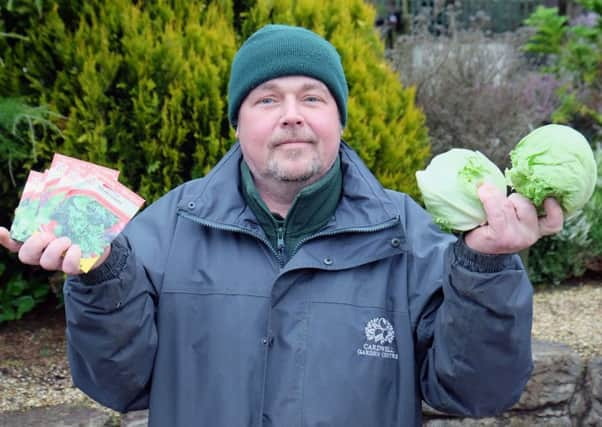Stephen Jardine: Courgette crisis highlights Brexit fears


Like power cuts and roller discos, empty supermarket shelves seemed like a very seventies problem but 40 years on, they are back. When I was young, a shortage of courgettes would have been considered a blessing by every child in the land but thankfully we are more enlightened now. Given the Scots fondness for baking and confectionary, a sugar shortage would probably still cause more consternation but the courgette crisis is gathering momentum as others vegetables, including aubergines, broccoli and peppers, also start to disappear from view.
The current shortage all comes down to an unusually harsh winter in the south of Spain. At this time of year, the Murcia region supplies an astonishing 80 per cent of Europe’s fresh produce. However, the heaviest winter rainfall in 30 years means only 30 per cent of the fields are producing. The shortage has sent prices rocketing with New Covent Garden fruit and vegetable market reporting £6 boxes of courgettes now selling for over £20.
Advertisement
Hide AdAdvertisement
Hide AdInstead of getting drawn into a damaging price war, supermarkets have introduced rationing to try to avoid commercial caterers cornering all supplies.
Despite that, many shelves now lie empty. In their place we have a nagging sense of just how reliant we are on European vegetable imports as Brexit beckons.
This week’s Commons vote commences the countdown to the triggering of Article 50 so the veg crisis is a timely reminder of the role the continent plays in our daily diet. Of course we can always batten down the hatches and look to the home front instead
Scottish root vegetables and brassicas are at their very best right now and plentiful in the shops. Fat Spanish broccoli may be in short supply but our own purple sprouting broccoli is ready – and tastes much better.
With spinach, kale and cauliflowers also on from these shores and on the shelves, we hardly need to worry about developing scurvy any time soon.
But what about next year and the following year? If we want to become more self sufficient in vegetables we will have to more than double production here. And there is another issue. Getting vegetables to grow in the depths of winter is one thing but getting them out of the ground and into the shops is another whole challenge. That falls at the feet of the thousands of foreign seasonal workers who are the backbone of fruit and vegetable picking in this country.
Within farming there is already widespread concern about who will gather existing crops post Brexit never mind any expansion in the fruit and vegetable sector.
The truth is, no-one knows where the negotiations will take us. If trade routes and labour supplies are easily agreed, little will change. If not a lack of iceberg lettuce will be the least of our worries.